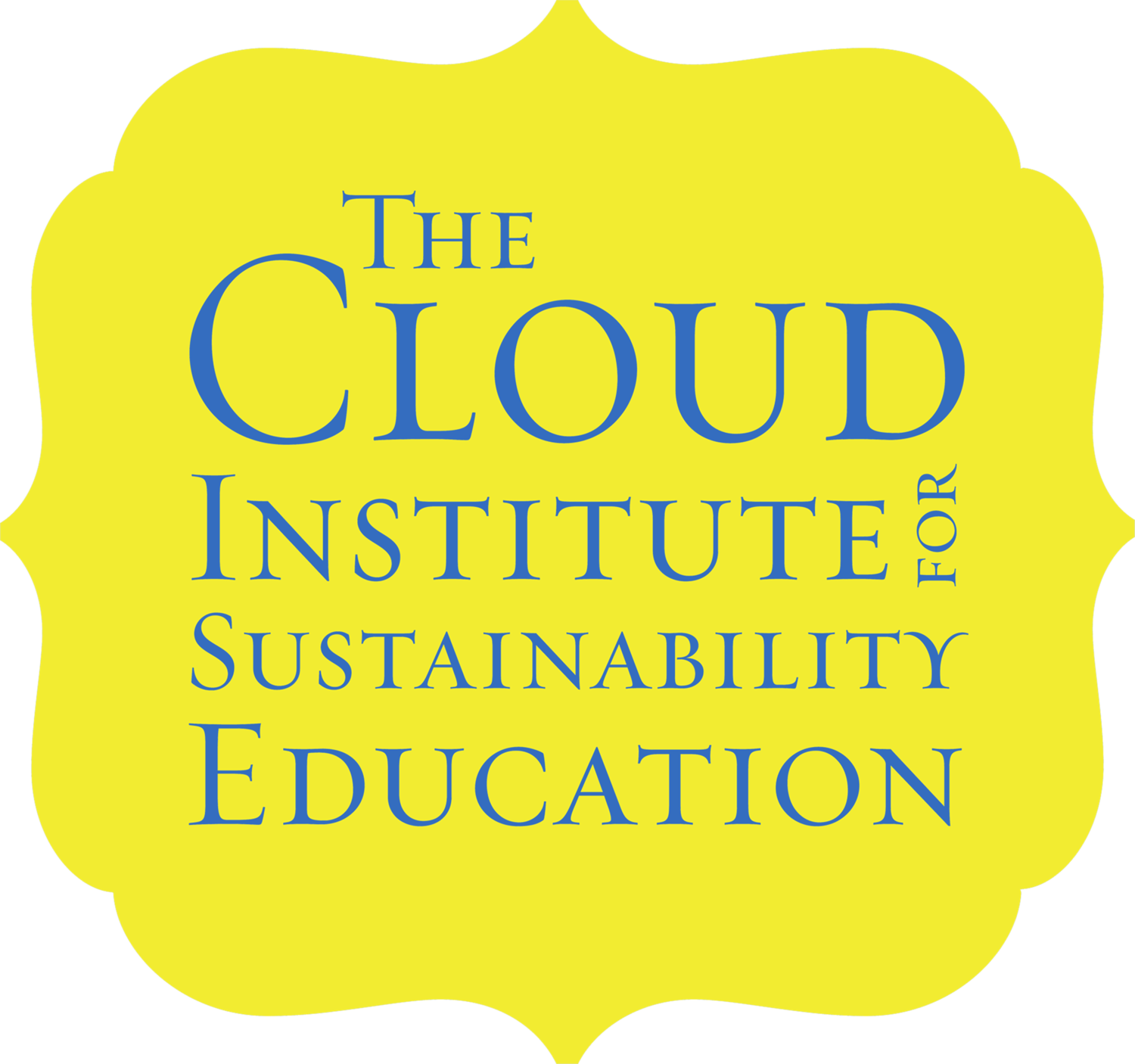When thinking of the young people who continue to inspire EfS work, Jessie-Ruth Corkins comes to mind.
Jessie-Ruth is the core leader of the Vermont Sustainable Heating Initiative (VSHI), a group of students representing 200-plus youth from 26 high schools. In 2004, Jessie-Ruth rose to a teacher’s challenge to create an energy conservation plan; her proposal to transition the school’s oil boiler to a woodchip boiler fueled by local products was adopted by the school board. After learning that Vermont does not have the forest capacity to heat the population with wood alone, VSHI wanted to facilitate the transition to heating with locally produced biomass energy crops.
Jessie-Ruth and VSHI wrote a persuasive statewide plan to develop Vermont’s 100,000 acres of underutilized land to grow prairie grass that could be pelletized and provide all of Vermont’s home heating needs. VHSI estimates the program’s financial returns could eventually reach up to $1.3 billion. However, Jessie-Ruth believes the returns will be greater than just money. “Locally produced energy will develop a greater sense of community in Vermont towns,” she said. “Our fuel will come from our own backyards and will offer a stable and affordable price to all Vermonters.” VSHI is currently running a pilot project in which it is transitioning low-income family homes in the community to pellet stoves.



